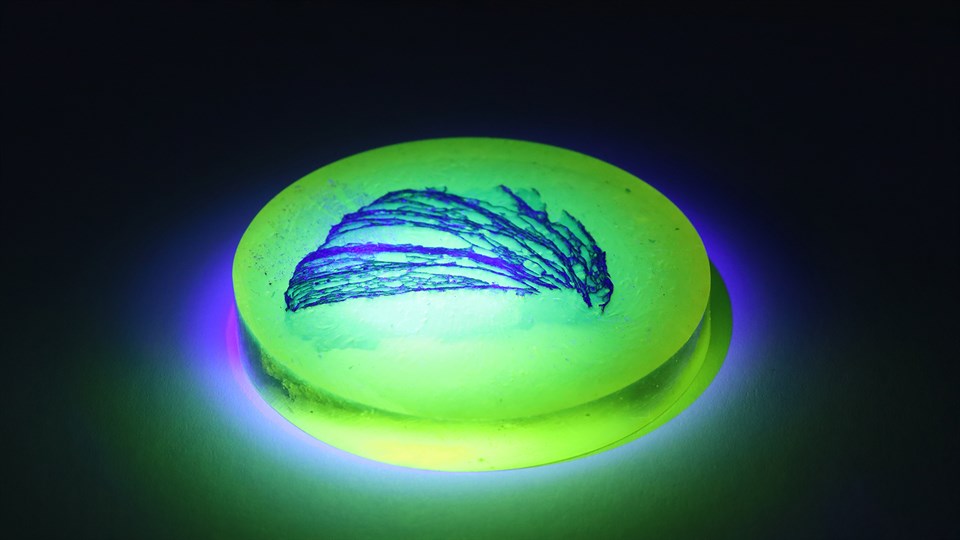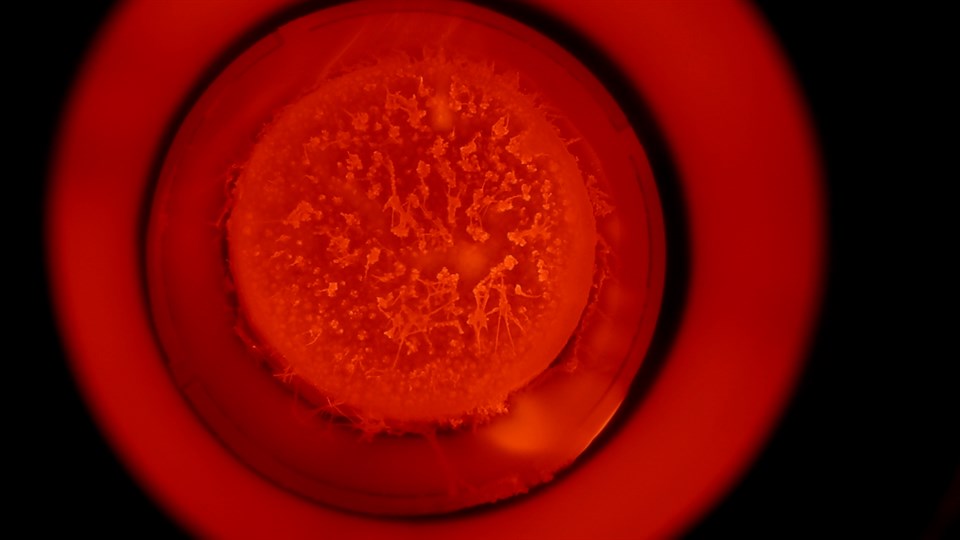Intumescent coatings
Saving lives
In the event of a fire in buildings, airports, skyscrapers or oil rigs, the temperature of unprotected steel may rise to a point (400-500 °C), where the probability of structure collapse becomes prohibitively high.
To avoid such incidents, so-called intumescent coatings are used as passive fire protection.
Under the influence of heat, an intumescent coating swells up to 50 times its original thickness and forms a multicellular char layer, which protects (insulates) the steel.
This allows people more time to escape the burning building or production site.
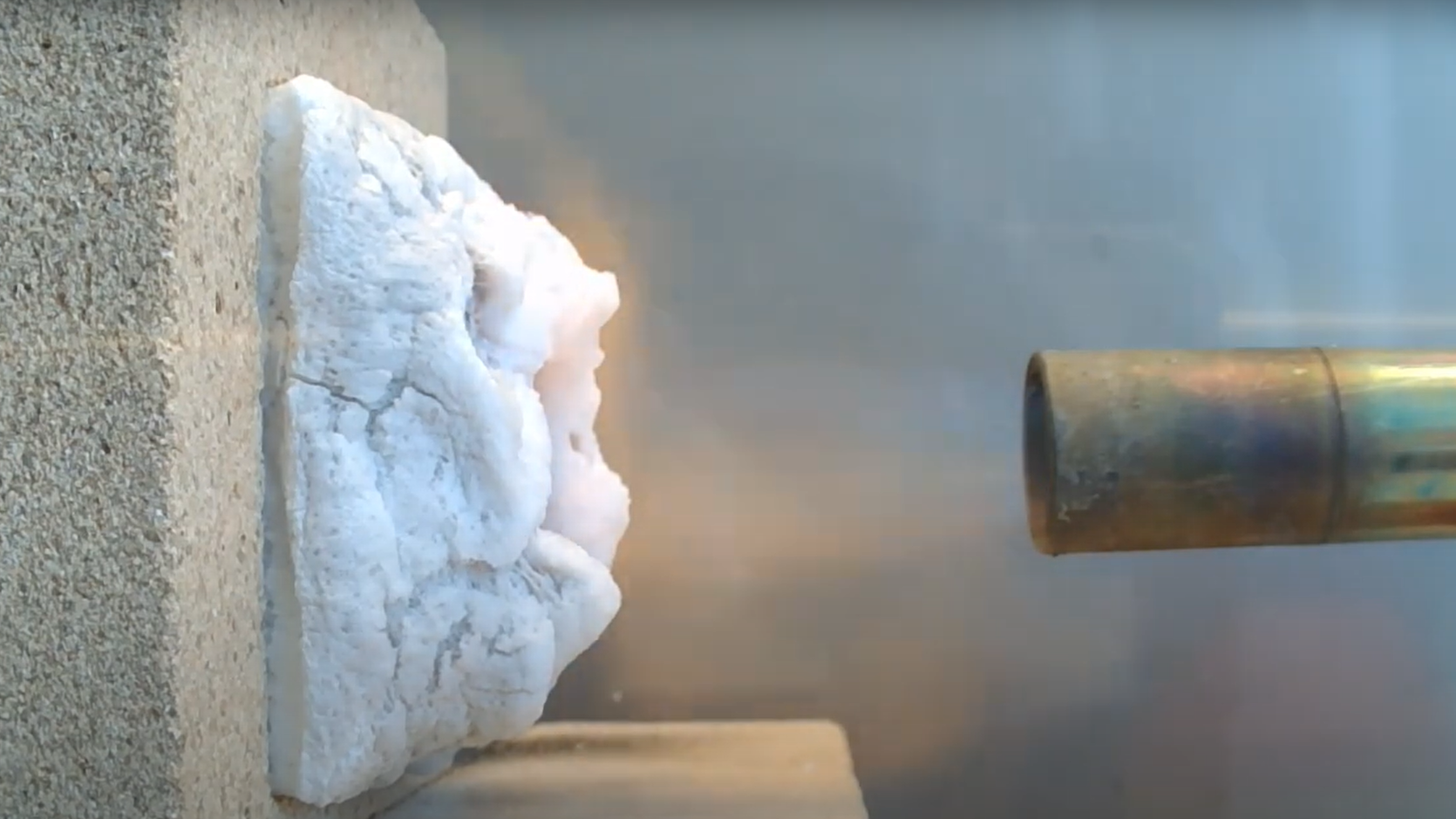
Char development
Intumescent coatings are comprised of five basic compound groups (blowing agents, acid- and carbon sources, binders, and pigments), which all contribute to the char formation process.
The physical and chemical interactions between the different compounds are very complex and require a battery of analytical techniques and modelling tools for proper characterization.
Research in this field aims at a better understanding of the mechanisms for char formation, including the important parameters providing a stable and mechanically strong char.
Methods to replace problematic compounds are ongoing, and the design and formulation of entirely new intumescent coatings is a constant challenge.
Disciplines
Disciplines involved in understanding the working mechanisms of intumescent coatings are chemical reaction kinetics, rheology, advanced analytical and characterization tools, materials science, mathematical modelling, as well as transport phenomena.
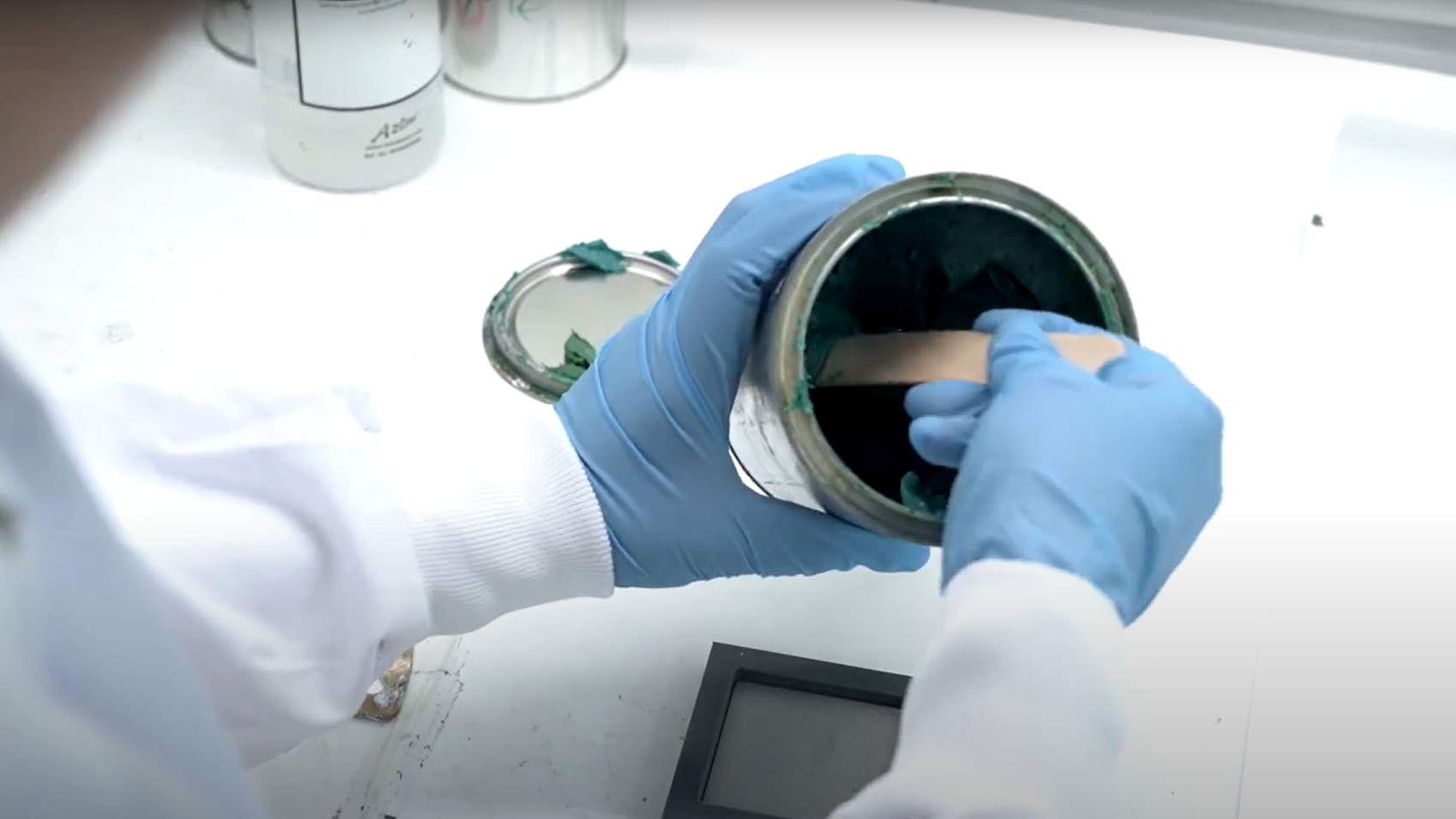
Projects
Objective
The objective of the project is to develop novel intumescent fire protective coatings for structural steel. The formulations are expected to have competitive fire resistance as commercial organic systems and also stable physical and chemical properties.
Background
Structural steel loses 50% of its load bearing capacity above 500 °C, causing buildings to buckle and collapse within a few minutes. Establishing effective fire protection systems to protect the integrity of buildings and thereby lives and assets in the events of fire is essential. Organic intumescent coatings are commonly used in passive fire protection systems with high performance. However, they have the drawbacks of toxic gas release, toxic species incorporation, exothermic decomposition and low mechanical strength. Therefore, it is of interests to develop inorganic intumescent coatings, with less health and environmental concerns and higher thermal stability and oxidation resistance.
The project
Silicone- and silicate-based intumescent coatings will be formulated. The fire protective performance of the prepared coatings will be examined by heat exposure methods such as in Bunsen burner and furnace experiments. The virgin and exposed coatings will be characterized using available techniques to establish the relations among formulation, structure and performance to support the optimization of the formulations. Fire protective performance as well as chemical and physical stablity of the developed coatings will be compared with commercial systems.
Funding
China Scholarship Council (CSC) and the Technical University of Denmark (DTU). The project runs from 1 October 2020 - 30 September 2023.
Supervisors
- Kim Dam-Johansen (main supervisor)
- Hao Wu (co-supervisor)
Contact
Contact
Kim Dam-Johansen Professor, Head of Department Department of Chemical and Biochemical Engineering KDJ@kt.dtu.dk
Objective
This project aims to develop characterization methods which allows a mapping of the internal structure of epoxy intumescent char. Subsequently,a formulation-testing strategy can be designed in order to develop coatings with optimal char structure.
Background
In the event of fire, intumescent coatings can develop a thermal insulating char, which can protect load-bearing steel structures in buildings or offshore platforms. As a result, longer escape times are bestowed to people. The char formed consists of a porous, multicellular structure whose thermal insulation properties depends not only on porosity, but also on pore size distribution, pore connectivity, pore shape and the presence of cracks or other defects.
Previous researches on internal characterization of intumescent chars faced two main challenges: the fragility of the material and the low contrast between solid and void when viewed by camera or microscope. These facts lead to unrealistic values regarding the internal structural parameters of the char.
The project
The purpose of the project is to develop characterization methods which allow mapping and quantifying in a efficient manner parameters such as pore size distribution, pore shape, porosity and pore connectivity. Three characterization methods, all relying on image recording, are proposed in this project:
- X-Ray tomography
- Digital microscope with fluorescent imaging
- Scanning Electron Microscope
The above methods have advantages and disadvantages, and a combination of them may turn out to provide the best results.
Besides, the optimal pore size distribution will be assessed from a theoretical point of view, either by mathematical models or information found in literature from similar materials (i.e. ceramics).
The final goal of the project is to develop a formulation-testing strategy which gives the optimal char structure.
Funding
The Hempel Foundation, the Technical University of Denmark (DTU) and HEMPEL A/S
The project runs from 15 May 2022 - 14 May 2025.
Supervisors
Søren Kiil, Professor at DTU (main supervisor)
Jochen A. Dreyer, Assistant Professor at DTU (cosupervisor)
External supervisor
Dipak Mistry, PFP Technical Manager at HEMPEL A/S
Jeanine C. Pichler, R&D Scientist at HEMPEL A/S
Contact
Ander Labaien Etxeberria Student Students s201675@student.dtu.dk
Contact
Søren Kiil Professor Department of Chemical and Biochemical Engineering sk@kt.dtu.dk
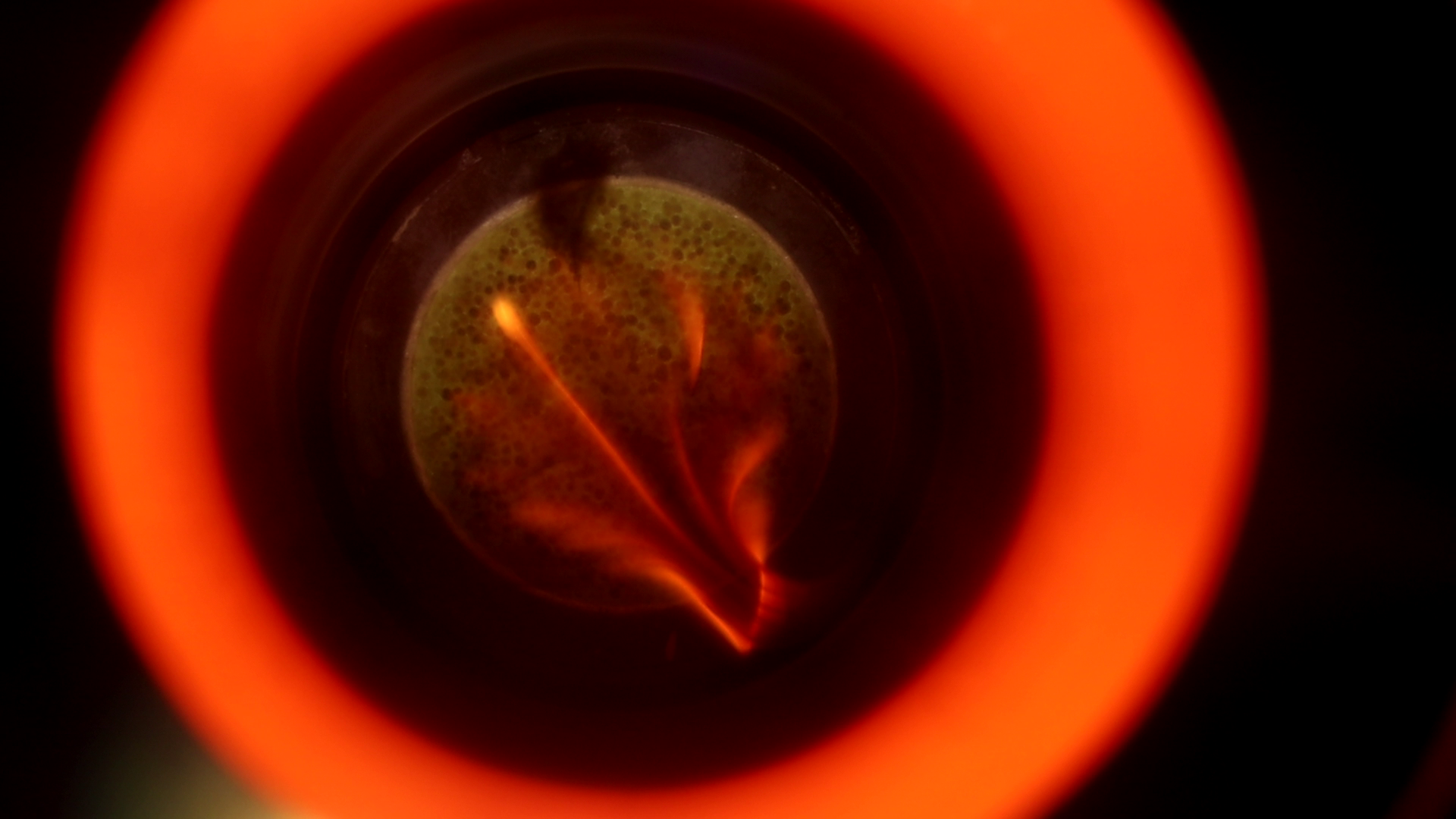
Objective
Background
Intumescent coatings are exposed to time-temperature curves defined in national and international standards for commercialization. These standards use industrial scale furnaces which are fueled by gas and test real size structural elements.
Since this type of testing is very costly, energy intensive, and time consuming, various lab-scale methods are adopted in academia. These methods can be used to compare different coating materials with each other in one set-up. However, variations of conditions between methods make it difficult to compare coatings tested in different set-ups and there is no agreed technique to correlate them.
Objectives
- Develop a methodology to predict the insulation performance of a coating in the industrial-scale through lab-scale test data.
- Evaluate the differences between testing equipment and how they affect insulation properties.
- After correlating lab scale and industrial scale test methods, next step will be to calculate thermal conductivity of the char.
- Provide formulators a fast track for coating development.
Funding
The Hempel Foundation and the Technical University of Denmark (DTU)
The project runs from 1 December 2021 to 30 November 2024.
Supervisors
- Kim Dam-Johansen, main supervisor
- Jochen Dreyer, co-supervisor
Contact
Beril Oguz Student Students s220392@student.dtu.dk
Contact
Kim Dam-Johansen Professor, Head of Department Department of Chemical and Biochemical Engineering KDJ@kt.dtu.dk
Objective
The objective of this work is to develop new intumescent coating formulations, which are better than the current-state-of-the-art commercial coatings in terms of fire protection.
Background
Fire protection of structures is of upmost importance to save lives and property in the event of fire. One promising way of protecting steel is by using intumescent coatings. Current state-of-the-art commercial intumescent coatings are mainly based on organic constituents. These suffer from disadvantages such as toxic species incorporation, toxic gas release, low mechanical strength of the expanded char, and exothermic decomposition. Therefore, alternatives are sought.
The project
- Evaluate current state-of-the-art commercial intumescent coatings
- Develop a simple burner testing facility for intumescent coatings
- Prepare and test novel intumescent coating formulations
- Prepare and test novel intumescing materials
- Optimize novel intumescent coating formulations
Funding
Sino-Danish Center for Education and Research (SDC) and the Hempel Foundation. The project runs from 15 April 2022 - 14 April 2025.
Supervisors
- Kim Dam-Johansen (main supervisor)
- Hao Wu (co-supervisor)
Contact
Hafeez Ahmadi Postdoc Department of Chemical and Biochemical Engineering hahm@kt.dtu.dk
Contact
Kim Dam-Johansen Professor, Head of Department Department of Chemical and Biochemical Engineering KDJ@kt.dtu.dk
